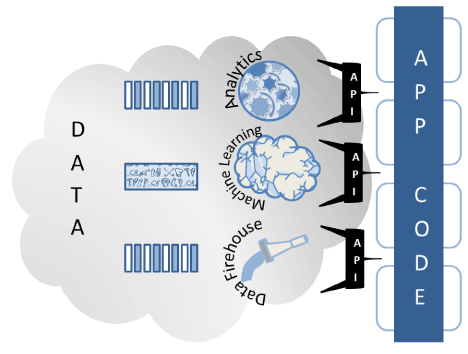NOVEMBER 17, 2015 — ARLINGTON, MASSACHUSETTS

Analytics is moving to the cloud. This makes sense, according to Cutter Senior Consultant Brian Dooley "because much of the data that will be accessed is stored or is reachable through the cloud. SaaS offerings are already providing various forms of cloud-based analytics, ranging from simple business intelligence to big data analysis, integrated analytics solutions, and visualization tools. The next major hurdle for analytics is the need for more flexible access. Today’s software systems are moving toward API access in what has come to be called the API economy. Analytics providers are now beginning to offer analytics APIs for use by organizational software departments, developers, and individuals."
Dooley continues, "As increasing numbers of analytics APIs become available, the difference from other API offerings becomes clear. Analytics involves analysis and quasi thought processes, so the potential to link several APIs within a single program offers the possibility for creating a combined intelligence that is greater than the sum of its parts (see Figure 1). For example, a simple app could use an API to verify market data through one program and data set; use another API to check location details through another analytics program; and use a third API to search for purchasing behavior among potential customers. Thus, the use of APIs in a knowledge-processing context is additive in that power is increased through linkages, and this is somewhat different from simply using an API to provide a display or fill in the blanks."
* Excerpted from "API Analytics: A Cornerstone of Tomorrow’s IT ," (![]() ) Data Analytics & Digital Technologies Executive Update Vol. 15, No. 20
) Data Analytics & Digital Technologies Executive Update Vol. 15, No. 20

